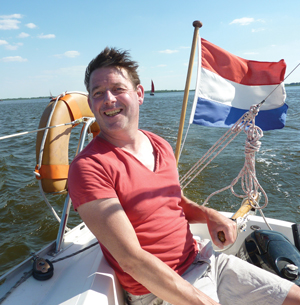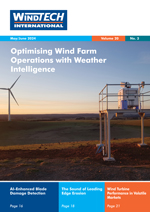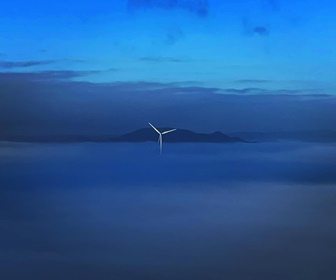 Extending the investment payback period for offshore wind turbine manufacturers and the supply chain
Extending the investment payback period for offshore wind turbine manufacturers and the supply chainThe wind energy industry has been a rat race for many years, especially when it comes to the offshore market. OEMs have introduced new, often larger turbine models approximately every two years. While these larger turbines promise increased energy production, they come with a substantial downside. The development of new and larger models demands significant investments from OEMs. Moreover, it necessitates the implementation of new methods and technologies for turbine installation, including larger vessels and cranes. Consequently, this puts pressure on the entire supply chain, forcing it to continually invest in new technologies to remain competitive and operational within this dynamic market.
In several recent notes, I have talked about the profitability challenges within our industry. In my note from November/December 2022, I specifically examined the disparities in profitability between OEMs and utility companies. During that period, elevated gas and electricity prices propelled utility companies and developers with extensive portfolios of (offshore) wind assets into strong financial performance.
However, there appears to be a shift in this trend. In the USA, several companies are seeking to renegotiate power purchase agreements for offshore wind farms in development and have even suspended the development of certain projects due to escalating costs driven by inflation. This summer, Vattenfall halted the Norfolk Boreas offshore wind power project in the UK after costs surged by up to 40%. The company opted to suspend the development of Norfolk Boreas in its current form, refraining from making an investment decision due to the factors mentioned. The results of the latest UK auction also paint a less than promising picture for the industry’s near future. The UK aimed to allocate up to 5GW of contracts for difference to offshore wind projects, but no bids were submitted, with developers contending that the prices offered by the government were too low. Even with rising component costs, the UK reduced the price cap to GBP 44 per MWh ($ 53.9/MWh, € 50.9/MWh), down from GBP 46/MWh in the previous auction round.
Clearly, the industry must find ways to mitigate cost increases and restore profitability. One approach to achieving this goal is to shift the focus away from the competitive race for larger turbines and towards scaling manufacturing output and improving efficiency. The CEO of Vestas has already indicated that the company has no plans to introduce a larger model than its V236-15.0MW offshore wind turbine. However, it remains to be seen whether other manufacturers follow suit. One way to break free from the competitive race is to implement a temporary limitation on tip heights, which would provide industry participants with more time to recover their investments, promoting cost-effectiveness and profitability throughout the supply chain.
The Netherlands Wind Energy Association proposes the introduction of a maximum wind turbine tip height of 305 metres (approximately 1,000 feet), combined with a tip clearance of 25 metres, for a period of at least 10 years. This means that the maximum turbine dimensions would remain unchanged for at least a decade, a concept named the ‘North Seas Standard’. The name itself underscores the need for an international approach, involving as many countries and continents as possible, although a global approach may prove challenging and time-consuming.
Fundamentally, this solution provides an opportunity to standardise manufacturing processes, potentially resulting in lower costs and providing a path for OEMs and suppliers to regain profitability. Feel free to give me your thoughts on this idea or any other wind-related topic.
Enjoy reading,
Floris Siteur
Publisher
Publisher









